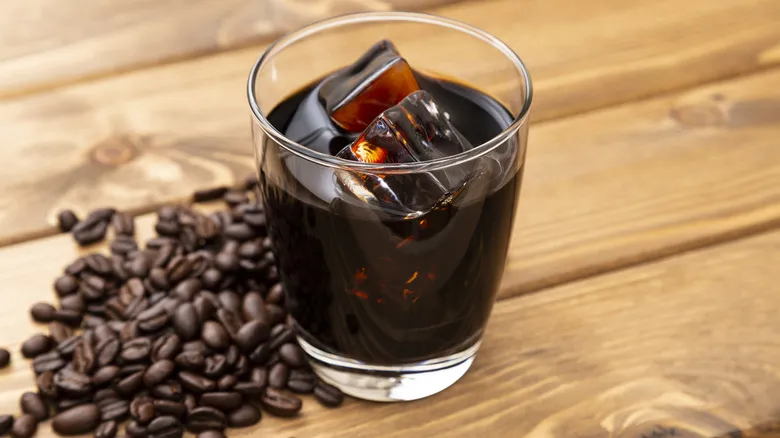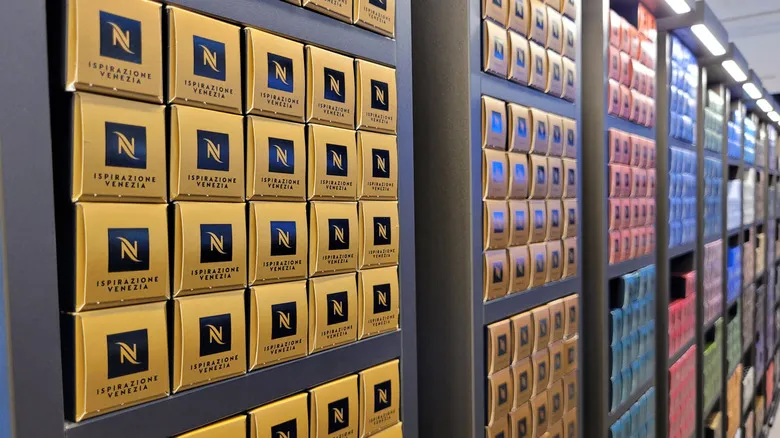Other things to consider when making homemade cold brew

Experts indicate that various factors can influence the quality of your homemade cold brew. Besides choosing the right filter, a common mistake people make is opting for a light roast. Medium to dark roasts dissolve more readily in water, allowing for a more uniform extraction of coffee flavor. Additionally, lighter roasts often have higher acidity compared to their darker counterparts. It's also important to use either cold or room temperature water, coarsely ground, high-quality beans, and the appropriate water-to-coffee ratio for cold brew. Depending on your preferred strength, aim for one cup of ground coffee for every four to six cups of water.
Whether you're brewing cold or hot coffee, it's essential to pre-wet your coffee filters, especially if you're using paper ones. This step helps eliminate any dust particles or undesirable flavors from the paper, including any bleach present in white filters. While it may seem like a lot of steps, the moment you take your first sip of the rich, slightly sweet cold brew, you'll realize it was all worth it.
Recommended

The Absolute Best Steep Time For Cold Brew, According To An Expert

Why It's A Mistake To Add Sugar To Turkish Coffee After Brewing

We Tried Starbucks' New Cortado, And It's An Authentic Must-Have

How To Store Nespresso Pods To Make Them Last Longer
Next up

